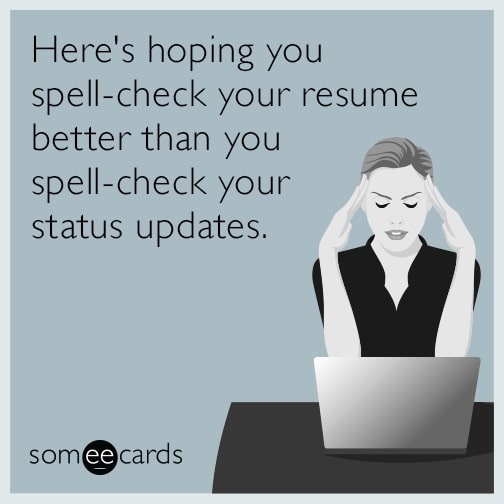Today, we are continuing our “Reader Questions” series! Have a burning question about school, college, or graduate admissions, or even high school in general? Please shoot us an email and we will make sure to address it in a future post!
Q: When [my son] applied to college, you helped him create a resume. Now it’s my daughter’s turn, and I have heard from some people that resumes are no longer required but others say that we still need to send one. Can you clarify? If she does need to do it, what kind of resume do we send?
A: Students used to be able to include their resume as part of the main Common Application, in the writing section. This option was removed and students were not able to submit them at all for a few years. Some resorted to mailing it into the admissions offices as a work-around. This was not helpful and flooded the admissions offices with extra documents that were not anticipated. Because of this, the Common App changed its policy again to allow colleges to choose whether or not they would like to receive resumes in the college-specific supplement. We recommend that our students keep a resume on file for use in these supplements, summer program applications, scholarship applications or even as a template for their first internship resume in college. At some point, this will be used, and it’s better to have it ready than to scramble down the line.
Perhaps you’re applying for a scholarship and a resume is required, or maybe your colleges of choice allow you to attach yours as an additional document in the supplement section. Regardless of the motivation, it is evident that presenting a well-written resume gives the admissions office - or a future employer - a few more reasons to place your application in the “Yes” pile.
Besides the obvious (proofreading!), let’s outline a few key strategies to use while crafting a strong resume:
1. KNOW YOUR STRENGTHS
Before you start typing, jot down your greatest accomplishments on a piece of paper. Categorize those achievements under “Education,” “Leadership,” “Professional Experience,” “Extracurricular Activities,” “Skills” and “Honors or Awards.” You may not use every section within your resume, but this is a good place to start.
2. SHOW, DON’T TELL
Transfer the information you wrote down above into your computer. Under each heading, describe how you actively engaged in the organization, made improvements, sought out challenges, exceeded expectations, etc. Do this using action verbs and quantifiable phrases, such as “under my leadership the club surpassed all years previous in donations, raising $15,000 for our annual giving campaign.”
3. KEEP IT SIMPLE
Once you’ve populated your resume with the most pertinent information, it’s time to go back and format. At DC College Counseling, we advise our students to keep their resumes to one page, using a legible font without additional frills. The point of this resume isn’t necessarily to show your creative capabilities, but to display everything you bring to the table.
4. FOLLOW DIRECTIONS
Yes - you now have an amazing resume and it’s natural that you want to share it with everyone! However, it’s important to follow directions. If a college wants your resume, they will offer you the upload option in their supplement or will request it another specific way. Do not mail the resume in as a work-around when a college does not ask for it or offer the option to upload it. It will appear that you are not following directions and do not respect the process.
To receive a full step-by-step resume template, or to schedule a coaching appointment with one of our resume experts, please book a session here.

